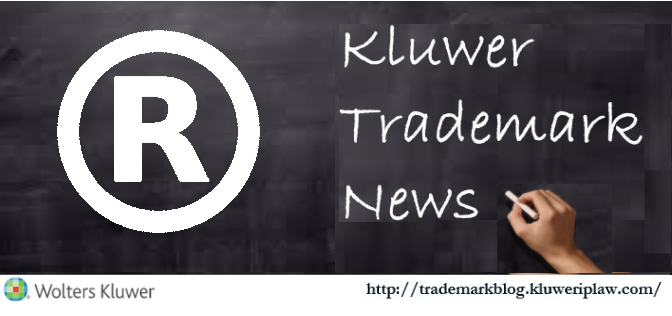Don’t lose hope! – “Chef Line” found distinctive in Israel despite challenging circumstances
The Israeli Deputy Registrar, in a recent decision, overturned a rejection made by the examiner, and allowed the registration of a trademark for the Hebrew transliteration of “Chef Line” in classes 11 and 35 (Trademark Application No. 315406). In her decision, the Deputy Registrar accepted the arguments of the applicant, A.M. Chef Line Limited, which…



